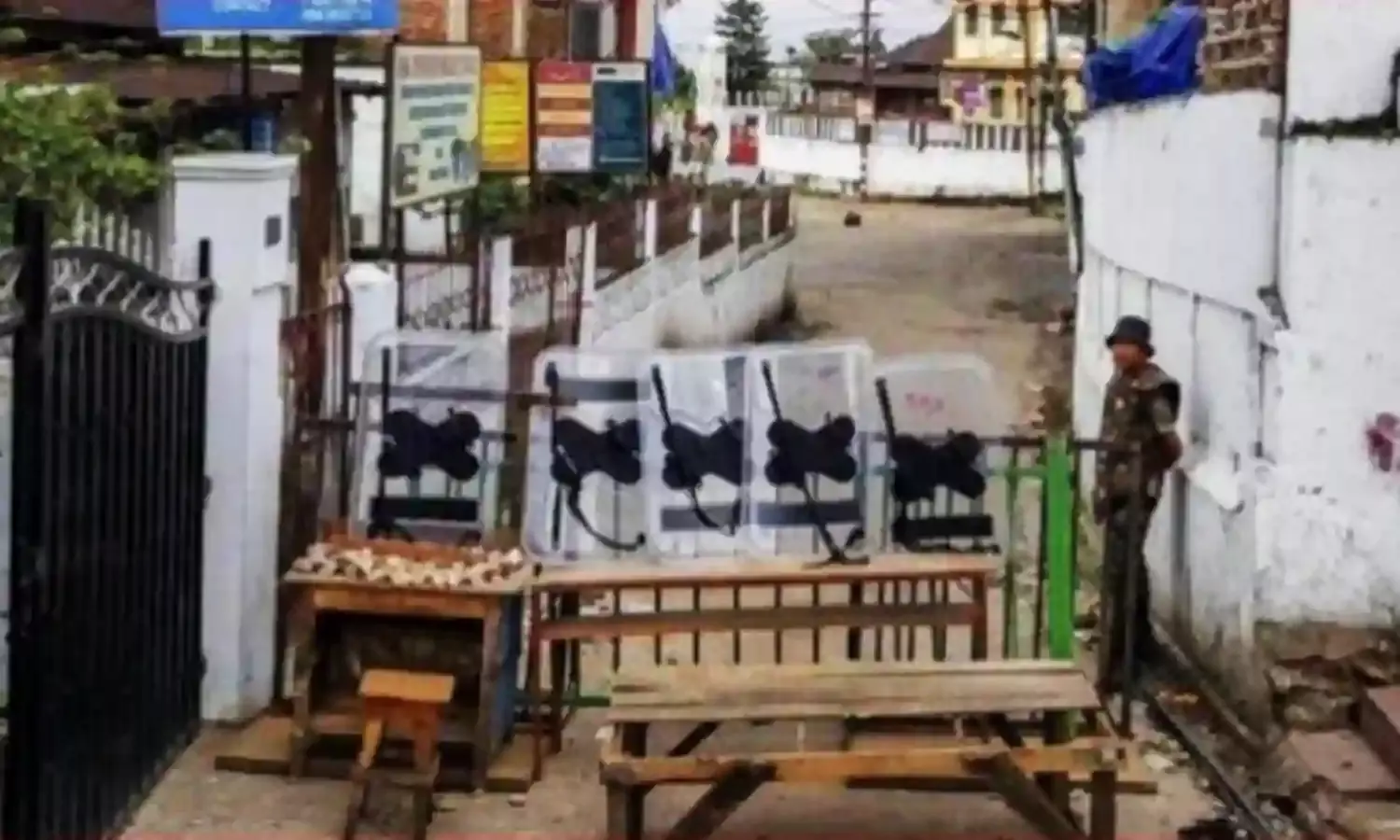Shillong Violence: 3 Dead, Curfew Imposed, Situation 'Under Watch'
Violence broke out after anti-CAA rally near border with Bangladesh

ITANAGAR: Lurshai Hynniewta, Uphas Uddin, and Rupchan Dewan –these are the three men who have lost their lives in the recent clashes in Meghalaya.
Violence broke out between some ‘non-tribals’ and members from the indigenous Khasi community affiliated with the influential Khasi Students’ Union (KSU) on February 28 following a rally against the Citizenship Amendment Act (CAA) in the Ichamati area of East Khasi Hill district near the border with Bangladesh.
Tensions continued to rise the following day and in the state’s capital, Shillong, Rupchan Dewan, a non-tribal, was reportedly stabbed by two unidentified men at Iewduh market.
Curfews and internet shutdowns did little to deter violence with Uphas Uddin being killed in the early hours of Sunday by three unidentified assailants who reportedly broke into his home at Pyrkan village in the East Khasi Hills district.
Protests in the northeastern states began much before in 2016, when the Act was still a proposed Bill (Citizenship Amendment Bill), than they did in other parts of the country.
While protests elsewhere, including Shaheen Bagh in Delhi, have been driven by the arguments that the Act is against the Constitution’s secular spirit, and that by leaving out Muslim communities from its purview is discriminatory, in the country’s north-east, the worry is not about who is being left out but rather who is being let in.
Here, it goes beyond the Hindu-Muslim binary.
Across the eight states, there are concerns that the fast-tracking of Indian citizenship for people of six non-Muslim faiths from Afghanistan, Bangladesh, and Pakistan will put pressure on the smaller indigenous communities and bring immense changes to the demography of the region.
Several provisions under Article 371 of the Constitution, the Bengal Eastern Frontier Regulation, and the Sixth Schedule provide ‘protection’ to a number of states and regions relating to land ownership and regulation of the entry of other Indian citizens into these areas.
Amidst the growing concerns, the BJP government in the Centre said that the CAA will not be applicable in areas falling under the Sixth Schedule (including most parts of Meghalaya except Shillong) and where Indians from other states are required to obtain an Inner Line Permit (ILP) to enter.
In October last year, the Meghalaya Democratic Alliance government, with the BJP as a partner, approved an amendment to the Meghalaya Residents Safety and Security Act of 2016 making it mandatory for people visiting the state for more than 24 hours to register their entry.
In December, the Meghalaya state legislative assembly passed a resolution seeking the implementation of the ILP. The delay by the Centre in approving the resolution has been leading to questions being raised by civil society organisations in the state.
Last month in February, the Confederation of Meghalaya Social Organization (CoMSO) said it will intensify its agitation to pressure the Centre to give in. The BJP had said that the Centre will carry out an ‘in-depth’ study before making any constitutional changes.
In Meghalaya, along with the North East Students’ Organisation, the KSU has been leading the charge calling for the introduction of the ILP in the state.
Following the violence that broke out last Friday, the police in Meghalaya have made several arrests while numerous people lie in hospitals seeking medical aid.
Curfews continue to be imposed across several parts of the state including the capital, Shillong, under different timings.
In Shillong, the curfew was imposed from 9 pm Wednesday to 6 am of Thursday, while in Sohra and Shella areas the curfew was imposed from 6 pm Wednesday till 8 am Thursday.
Since the deaths of Hynniewta, Uddin, and Dewan, no more casualties have taken place.
East Khasi Hills’ deputy commissioner, M War Nongbri, has relaxed the curfew to an extent in certain parts of the district.
A special bulletin issued by the Meghalaya Police said that no new ‘untoward incidents’ have been reported and that the situation is ‘normal and under close watch’.
While the state is returning to normalcy, one resident said that Shillong has never been this sad.



